|
I was probably about ten years old when I saw my first legless lizard. I was fishing with my dad and his friend, who happened to be a biologist. We came upon what I thought was a snake. But my dad's friend pointed out that it was actually a "slender glass lizard," a type of lizard without legs. This blew my mind! A long, skinny reptile without legs had to be a snake, right? Nope, not necessarily. Consequently, I've been fascinated by legless lizards ever since then. Below is a slender glass lizard, the same kind I saw that day fifty years ago. What the heck is a Legless Lizard? Actually, the term legless lizard is used to refer to a variety of different types of lizards that have lost their legs over time. In different areas of the world, these different groups have lost their legs independently of each other and are not closely related. Amazingly, at least SEVEN different families of lizards have evolved legless species independently! This includes hundreds of species of legless lizards around the world. The first question people often have is, why don't we just call these creatures snakes? Well, because they aren't snakes. Other than being legless, these creatures do not have the characteristics of snakes. Legless lizards have eyelids, snakes do not. Legless lizards have external ears, snakes do not. Legless lizards do not have wide belly scales, snake do. Legless lizards have short bodies and long tails, snakes have long bodies and short tails. Not confusing at all, right? Check out the head of the European glass lizard below (this species also has the awesome name scheltopusik). You can see the lizard's eyelids, which allows it to close its eyes. You can also see its ear openings (behind the mouth). And behind that you can see part of the lateral fold, a weird fold of skin that runs the length of the lizard on each side. Snakes do not have any of these characteristics. Amazing facts about Legless Lizards Again, legless lizards are not snakes. They evolved from four-legged lizards, like those we have all seen. Snakes evolved from four-legged snake-like creatures that most of us have never seen (most of those lived long ago). Legless lizards eat smaller prey than snakes because they cannot "unlock" their jaws. As you probably know, snakes can unhinge their jaws to swallow prey bigger around than their own head. Lizards cannot do this. Legless lizards typically eat insects, snails, spiders, and other small prey that will fit conveniently in their mouth. So, a typical snake will eat just occasionally, swallowing an animal large enough to sustain it for a while. A legless lizard eats small things frequently. Below is a Burton's legless lizard eating a smaller lizard. Many legless lizards are called glass lizards. Here's why. You may know some lizards are capable of losing all or a portion of their tail when attacked by a predator. They can then grow the tail back (at least partially). Well, glass lizards are very good at this. Not only do they have a really long tail, but the tail is extremely fragile. In fact, they can even break their tail off by themselves. They can actually thrash around hard enough to break it off without ever being touched. Since that day fifty years ago, I have found perhaps twenty or so slender glass lizards, and almost all of them had broken their tail at some point in their lives. You can easily tell because, once broken, the tail does not grow back the same way as before. Notice the regenerated tail of the eastern glass lizard below. This tail-breaking ability is called caudal autotomy (the word autotomy in Greek means "self severing"). This is really an amazing capability—the tail continues wriggling, which distracts the predator's attention from the fleeing lizard. As the lizard gradually regenerates the tail, instead of growing new vertebrae made of bone, the tail usually contains cartilage and is shorter than the original tail. Lizards have special sphincter muscles in the tail that squeeze the caudal artery closed to minimize the amount of bleeding. Fossils have been found that show caudal autotomy was present in some lizards as long ago as the Jurassic period! Most likely, small lizards were escaping from the clutches of dinosaurs by dropping their tails! Check out this video by Jungle Bob on legless lizards. Okay, one last thing... WHY? Why have so many species of lizards evolved to have no legs? Wouldn't they be better off with legs? Well, first of all, we have to recognize that the long, slithery, legless lifestyle must be a pretty good one. Otherwise, snakes and legless lizards wouldn't be so abundant. It also helps to consider that creatures living underground may be better off without legs (think about worms). So, it's quite possible legless lizards evolved as some types of lizards started living in the soil. As they became more and more adapted to life in the soil, they gradually lost their legs. Then, later, some of those started living above ground again, but by that time they had already lost their legs. Makes perfect sense, right? To make things even more confusing, there are some snakes that still have remnants of legs (boas and pythons are examples), and there are some legless lizards that have legs! Legless lizards in the family Pygopodidae don't have forelimbs, but they have small remnants of hind legs. Make up your mind, why don't you! Legs or no legs? Hmm... whoever came up with the phrase "Leaping lizards!" probably wasn't thinking about legless lizards. I just thought I'd toss that thought into the mix. You're welcome. So, Legless Lizards deserve a place in the J.D.A.H.O.F. (Jim-Dandy Animal Hall of Fame). FUN FACT: The term jim-dandy was first used in the Courier-Journal newspaper in Louisville, Kentucky in 1887: "Dear Sir: Though a stranger to you (yet a Democrat), let me say you are a 'Jim Dandy.'" This term can be both a noun (as used above) and an adjective. As a noun, it means something that is "a superior example of its kind." As an adjective, it means excellent or outstanding. Etymologists are not sure if the term ever referred to an actual person. But there was a popular minstrel song in the 1840s called "Dandy Jim of Caroline." Perhaps that's what gave people the idea of using the phrase? The word dandy dates back to the late 1700s, and it referred to a young man "who devotes excessive attention to fashionable dress and grooming." Anyway, jim-dandy is another way to say awesome! Photo Credits:
Baby elephant trunk - Imgur Sloth - finstad4 Slender glass lizard - Todd Pierson, Herps of NC European glass lizard head - Australian Reptile Park Burton's Legless lizard eating a skink - Luke Jongens/Flickr Eastern glass lizard with regenerated tail - Pinterest Legless lizard lifting its head - San Diego Zoo
0 Comments
In keeping with my theme of positive, happy subjects, I again asked Trish to give me an idea for an animal that makes her happy (last time she said Nemo... the clownfish). This time she said, "My happiest happy place is snorkeling in a coral reef! So you should feature coral." Trish wasn't kidding about this. I enjoy snorkeling, too, but to her it is almost a spiritual experience. She actually tears up when snorkeling among the corals (have you ever tried wiping tears away while wearing a face mask?). So, coral is another excellent suggestion. Besides, some people may not really know what corals are... or that they are even animals. So let's take a look. What the heck is a Coral? Corals are invertebrate animals in the phylum Cnidaria, which also includes sea anemones, sea pens, jellyfish, box jellyfish, and hydrozoans such as the Portuguese Man o' War. Actually, it's kind of silly of me to lump all types of corals together in this email, as corals represent a diverse group of animals. After all, there are about 2,500 species. Of those, about 1,000 species are reef-forming corals. These are the corals that form a hard skeleton by secreting calcium carbonate. Over many years these hard skeletons build up and form massive coral reefs. Amazing facts about Corals First let's talk about what a coral is. Corals generally live in large colonies of genetically-identical individuals. Each individual coral is called a polyp. If you look at an individual polyp, you will see tentacles. In the center of the tentacles is a mouth that leads to a basic stomach, or digestive sac. Each of the tentacles is lined with stinging cells called nematocysts. As you can probably guess, these stinging cells help the coral defend itself and help it capture its prey, which is usually tiny animals swimming in the surrounding water. The polyp's body secretes calcium carbonate that forms a hard protective shell around the polyp. This cup-like shell is called a corallite. Over time, millions of corallites build up upon each other to form massive coral reefs and outcrops (see the coral outcrop in the photo above). Some coral reefs are big enough to be seen from space! Below is a simple diagram. Coral polyps have only one opening. Yep, only one—the mouth. That means food goes in the mouth, and waste goes... well, back out the mouth. Eww. I'm glad I have an anus. Nematocysts (stinging cells) are pretty awesome. If you've ever been stung by a jellyfish, you know how awesome nematocysts are (awesome for the jellyfish, not for you). Let's look at how these nematocysts work. Basically, they're like a spear gun shooting a barbed dart, and the dart contain toxins that can be lethal. These tiny darts are contained within a cellular capsule, connected to a thread that is coiled up under pressure. When a prey animal touches the polyp's tentacle, the cellular capsule's covering (called the operculum) pops open, and the thread rapidly uncoils, shooting the dart out at high speed. The dart punctures the prey animal and releases its toxins. Like I said... awesome! If you've ever snorkeled in a coral reef, you may be thinking, "Wait, I didn't see all those tentacles. All I saw were the hard coral boulders, outcrops, and reefs." Well, that's probably because many corals extend their tentacles mainly at night. By the way. Snorkeling at night in the ocean or sea can be amazing, but it's also kind of scary. Trish and I have done this twice (while taking marine biology classes together), and I can tell you there is something deeply frightening (but also exhilarating) about not being able to see in the water beyond the range of your waterproof flashlight. It's worth it, though, because the corals are particularly beautiful at night! Below is what corals usually look like during the day (left) and at night (right). Corals eat just about anything they can catch, from nearly-microscopic plankton to small fish. Whatever they can kill with their stinging cells is fair game. But wait! It's not that simple. Many corals also feed in a different way. They have a mutualistic relationship with specialized algae called zooxanthellae. These algae live on and in the coral polyp and can actually be 30% of the polyp's mass. What does the coral polyp get out of this relationship? The algae are photosynthetic, which means they use sunlight to produce food, and they share that food with the polyp, particularly glucose, glycerol, and amino acids. The algae also help by removing waste particles, and they help with producing the hard shell, the corallite. What do the algae get out of this relationship? Well, they get a safe place to live, protected by those awesome stinging cells. They also get to feed on the polyp's yummy waste, particularly carbon dioxide, phosphate, and nitrogenous waste. I should point out that, when water conditions get bad, the internal algae can become stressful to the polyp. When this happens, the polyp will eject the algae in order to give itself a better chance to survive the difficult times. When the water gets really bad, mass ejections can occur, and this is called coral bleaching. Vast areas of coral reefs can turn white, because it was the algae that gave the corals their diverse colors in the first place. Coral bleaching can be caused by pollution or by an increase in water temperature. If the bad conditions continue for too long, the coral polyps will die. The image below shows the before and after appearance of coral bleaching. Unfortunately, coal bleaching is becoming a big problem, but since this email is all about being positive, I'm not going to focus too much on that. Here are a few more amazing facts about coral. Corals have been around for a long time. They originated about 500 million years ago, long before dinosaurs existed. Coral reefs grow very slowly, only about 2 cm per year, and some of today's reefs have been forming for 50 million years. When coral reefs grow parallel to the coast, they are called barrier reefs. The Great Barrier Reef in Australia has grown to include 900 smaller reefs, and it extends for 2,600 miles (4,184 km). Coral reefs provide a home for an incredible variety of wildlife. Coral reefs take up only about 1% of the ocean floor, but they provide a home for as much as 25% of all species in the oceans! White sandy beaches are actually made of coral pooped from fish. Yep, it's true. Some types of fish, such as parrotfish, like to nibble on corals to eat the algae living in the polyps. Once the fish have digested the goodies, they poop out the hard calcium carbonate shell as tiny granules of sand. These sandy poop granules help make up those nice white beaches we all like to lay on. Check out the beak on the purplestreak parrotfish below. That beak can chomp right through the coral shell, and one parrotfish can poop out 200 pounds (90 kg) of white sand per year! So, Corals deserve a place in the C.A.H.O.F. (Corking Animal Hall of Fame). FUN FACT: The word corking originated in about 1890, and is used, particularly in British English, as an adjective to describe something as excellent or fine. Example: "It was a corking celebration." Often it is paired with another word, particularly good, as in "That Bridgers book was a corking good read." Anyway, the word corking came from the word corker. The word corker is a slang term from the early 1800s that originally meant “something that settles and puts a definite end to a discussion or argument,” a reference to how a cork tightly seals a wine bottle. Then corker was eventually used to describe anything as good or excellent: "That was a corker of a joke." Eventually, the adjective corking arose from that. So, corking is another way to say awesome! Photo Credits:
Happy dog - Twitter Penguin rover - Le Maho et. al via Nature... via Buzzfeed Giraffe Manor - The Giraffe Manor Coral outcrop in Australia - Toby Hudson/Wikimedia Commons Coral anatomy - USGS/Public Domain Bleached coral - Green and Growing Parrotfish - metha1819/Shutterstock via Marine Conservation Society Due to the difficult times we are living in, when I sat down to write this email, I told Trish I wanted to make it as positive as possible, and I asked her, "What's the most positive animal you can think of?" She said, "Nemo!" I had to agree. Nemo is a very positive fish. The little guy never gives up and never loses faith. So, for that simple reason, the clownfish is today's Awesome Animal! What the heck is a Clownfish? The clownfish, also called the anemonefish, includes about thirty species of fish that form an amazing symbiotic relationship with sea anemones. They are brightly colored, often with various patterns of orange, black, and white. Clownfish live mostly in coral reefs and shallow lagoons in the Indian and Pacific oceans. Nemo lives near Sydney, Australia, remember? Amazing facts about Clownfish Let's talk about this strange relationship between clownfish and anemones. First a few definitions. Symbiosis is when two living things develop a close, long-term biological relationship with each other. There are three basic types of symbiosis: mutualism, commensalism, and parasitism. Mutualism is when both organisms benefit. An example is lichens, in which fungi and algae (or sometimes cyanobacteria) live together and benefit from each other. Commensalism is when one organism benefits, but the other doesn't really care (it isn't helped nor hurt). An example is the remora, a fish that suctions onto a larger fish (like a shark). It gets a free ride and leftover scraps of food, but the larger fish is neither helped nor harmed. Parasitism is when one organism is benefited while the other is harmed or even killed. A well-known example is the tapeworm, which lives in the intestines of larger animals, stealing the larger animal's ingested food and often weakening the animal (called the host). In my Diffusion series, humans and tree kangaroos form a symbiotic, mutualistic relationship, in which... well, you'll just have to read the series if you want to know more about that (you'll be glad you did). Okay, back to the clownfish. Most clownfish species only form relationships with specific species of anemones. In fact, there are over 1,000 species of anemones, but only ten of those species can coexist with clownfish. This is an example of mutualistic symbiosis. So, both animals benefit. What does the clownfish get out of this? First, the sea anemone provides protection from predators. Sea anemone tentacles are poisonous and can sting and kill other fish. Second, the clownfish gets to eat scraps of fish left over from the anemone's meals, as well as anemone excrement and the occasional tentacle that breaks off. Third, the clownfish can raise its young in the safety of the tentacles. What does the anemone get out of this deal? First, the clownfish defends the anemone from parasites and predators. Second, when the clownfish poops on the anemone, the nitrogen from this poop increases the amount of algae growing in the anemone's tissue. Third, if you watch a clownfish, you'll see that it constantly moves around among the anemone's tentacles. This movement helps circulate water around the anemone, increasing the anemone's oxygen intake. Wow, how awesome is that relationship? Everybody wins! Well, except the prey fish that get attracted to the anemone's deadly stingers. Below are two saddleback clownfish. Notice the juveniles beneath the anemone—we're going to talk about those in a moment. Why do clownfish have such bright colors? One idea is that the bright colors attract small fish to the anemone, which are then killed by the anemone's stingers and consumed by the anemone. Here's a good question... why don't the anemone's stingers harm or kill the clownfish? A layer of mucus on the clownfish's body protects it from the stings. When a clownfish decides to live with a new anemone, it does an elaborate "dance" among the anemone's tentacles. It swims about, touching the tentacles with different parts of its body, until the anemone becomes acclimated to its body. It's worth pointing out that the fish's mucus is made up mostly of sugars instead of proteins, so it's possible the anemone may not recognize the fish as prey and therefore does not sting. It's also worth pointing out that clownfish are not really immune to the anemone's stings. Studies have shown that, if the mucus is removed, the anemones can kill the clownfish. So, it's all about the mucus! Check out this video about the clownfish/anemone relationship. Below is a tomato clownfish. Clownfish usually live in groups with an anemone, and the social structure is rather bizarre. We'll call the group of fish a colony. Each colony includes a breeding pair and then several additional, younger, non-dominant males. The breeding female is the boss, and she gets to live in the best room in the house, the top of the anemone. That's where the most food is (and I suppose it also has the best view). Now here's where things get kind of weird. All clownfish are born as males. Yep, all of them. When something happens to the breeding female in a colony (the boss)—if she dies, for example—the breeding male switches sexes and becomes the breeding female (that was not a typo). The largest of the juvenile males then experiences a rapid spurt of growth and quickly develops into the breeding male. Here's a good question... There's one breeding male, right? That male is the boss of the other males (but not of the female). Since that male likes being the one male lucky enough to breed with the female, why doesn't he kick all those smaller males out of the colony so that he doesn't have to worry about them sneaking upstairs and breeding with the female? Here's the simplified answer. The smaller males modify their growth rate, purposely remaining small and submissive so that they are not a threat to the boss male. That way they get to stay in the colony, hoping to someday have the chance to become the boss male when the breeding female dies. See? Clownfish are POSITIVE fish—always hopeful! Below is a Clarkii clownfish. Clownfish are wildly popular among aquarium enthusiasts. In fact, most of those you see in pet shops are bred in captivity rather than caught in the wild (Nemo would like that—he was caught in the wild). Selective breeding has resulted in a wide variety of "designer clownfish," with amazing colors and patterns. Below I put together several striking examples into one image. So, the Clownfish deserves a place in the S.A.H.O.F. (Scrumptious Animal Hall of Fame). FUN FACT: The word scrumptious originated in 1833 in a humor piece about the fictional Major Jack Downing, written by Seba Smith. The word is thought to be a colloquial alteration of sumptuous. The original sumptuous describes something very expensive, of choice materials and fine work. Scrumptious, on the other hand, means "very pleasing, especially to the senses; delectable; splendid." So, it does not refer so much to the expense of what it describes. From Rudyard Kipling: "Whew! What a place! …" said Stalky, filling himself a pipe. "Isn't it scrumptious? …" So, scrumptious is another way to say awesome! Photo Credits:
Sea Otters - Wikimedia Commons Knighting a penguin - Edinburgh Zoo Macaques with snowballs - Weird Science vis Twitter Nemo - Sticker image on Amazon product page Clownfish #1 - GreatBarrierReefs.com Saddleback clownfish - FishKeepingForever.com Tomato clownfish - BuildYourAquarium.com Clarkii clownfish - BuildYourAquarium.com |
Stan's Cogitations
Everyone needs a creative outlet. That's why I write. Archives
July 2024
|

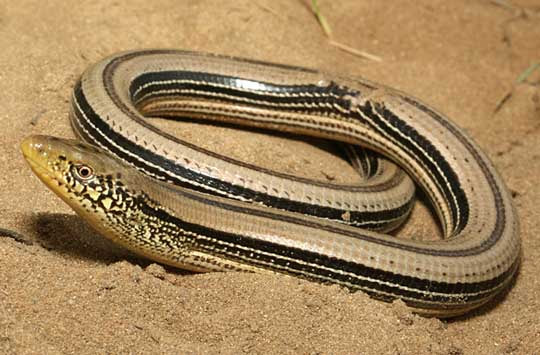
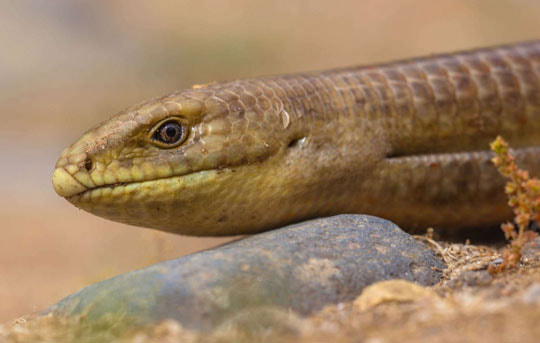
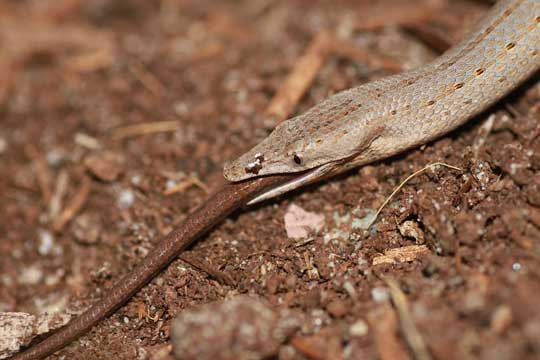
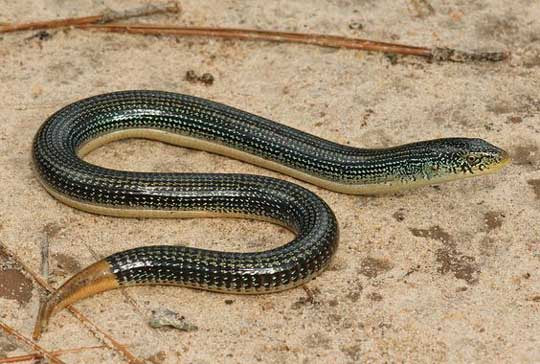
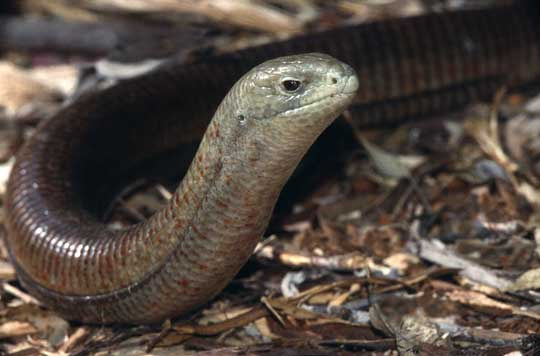
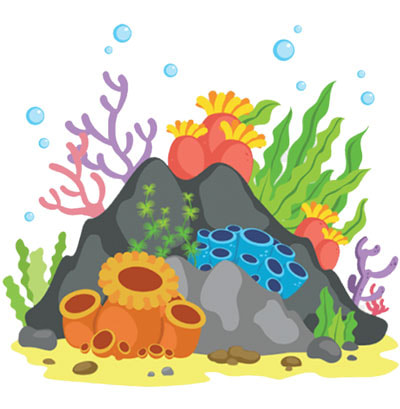
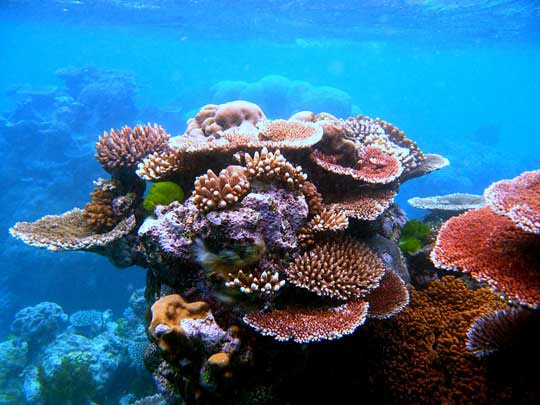



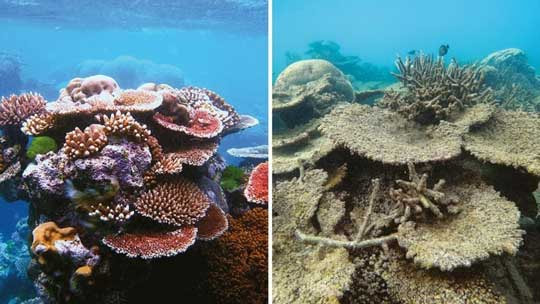
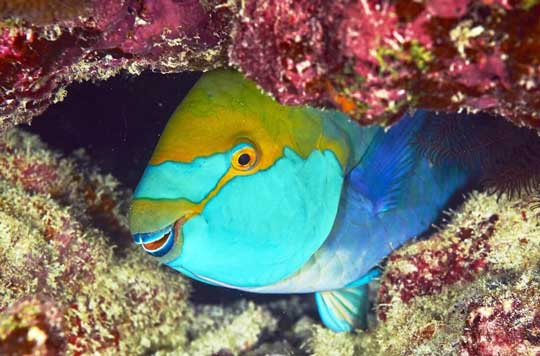
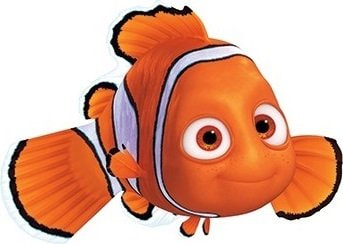
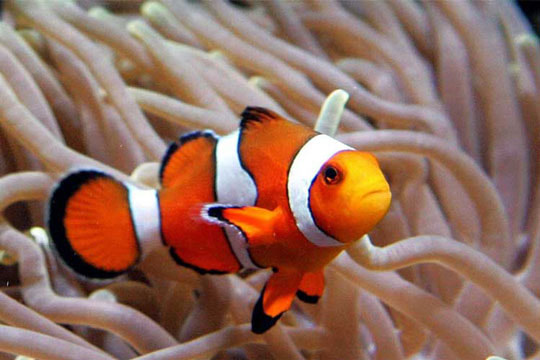
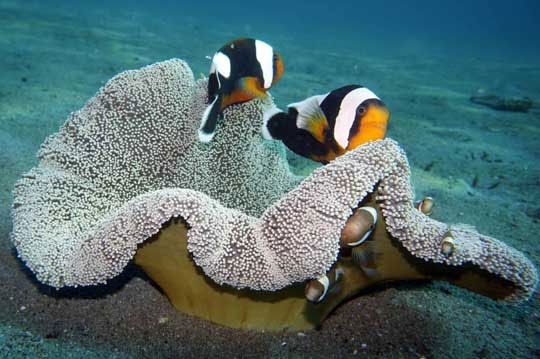
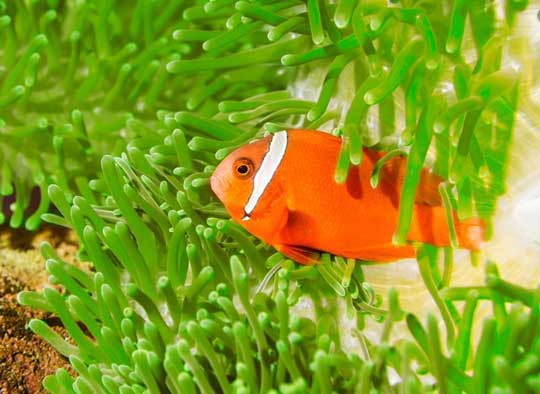


 RSS Feed
RSS Feed